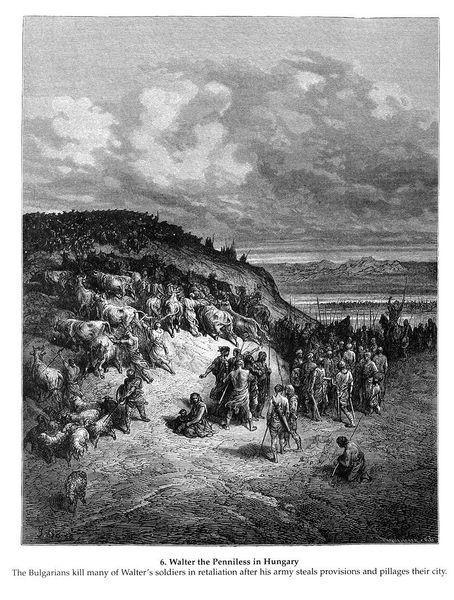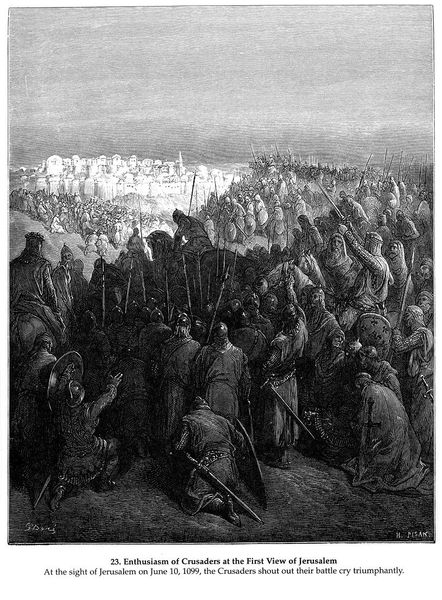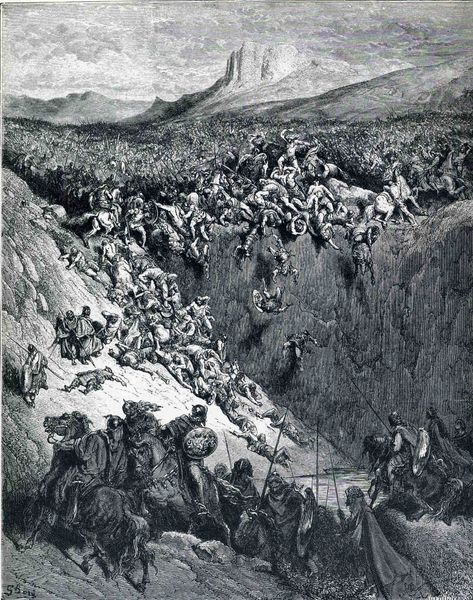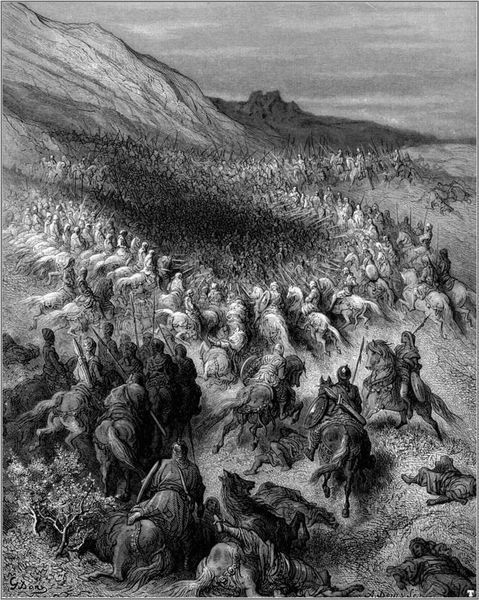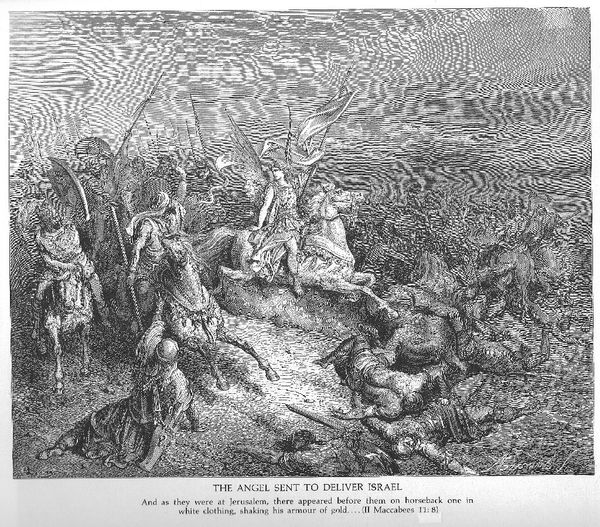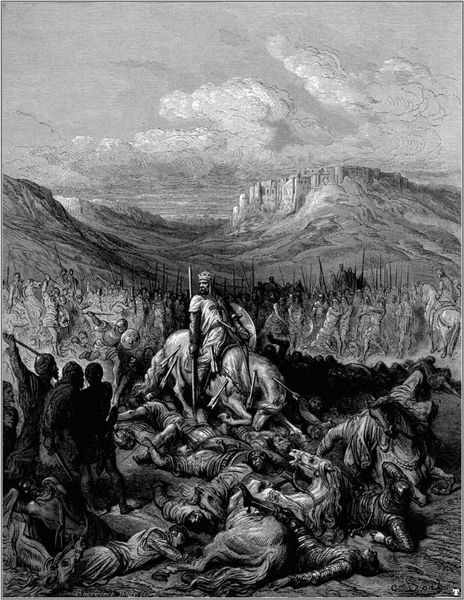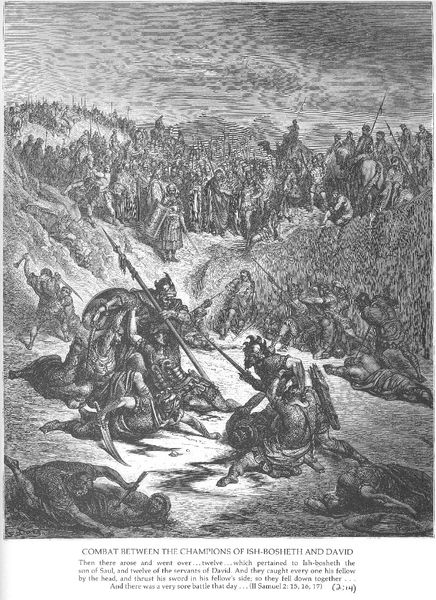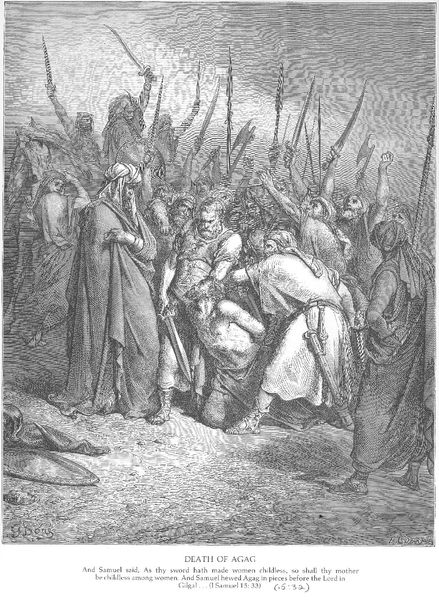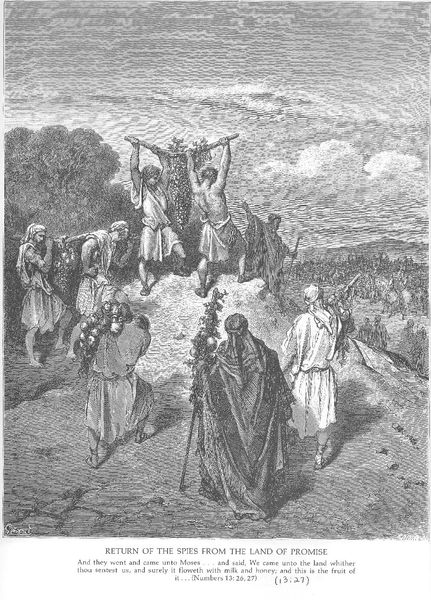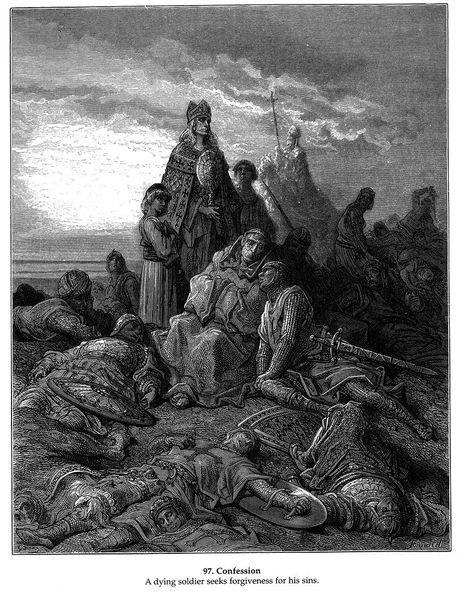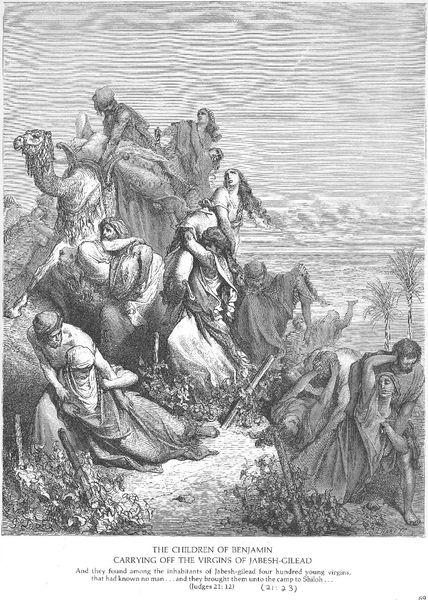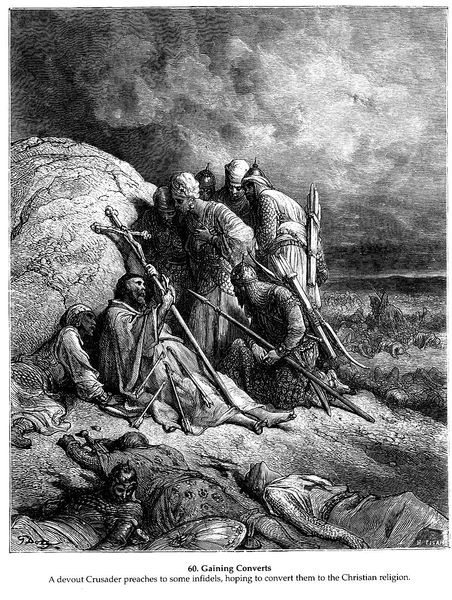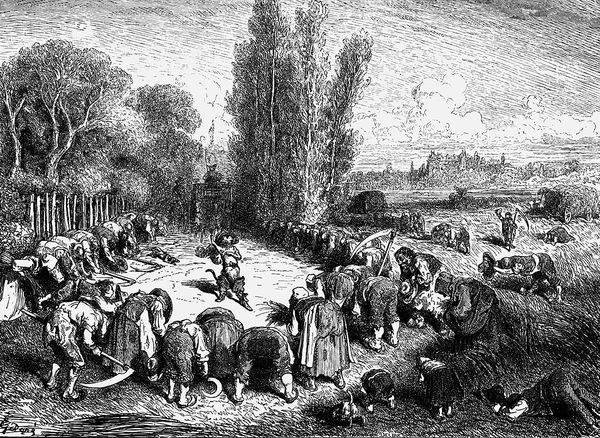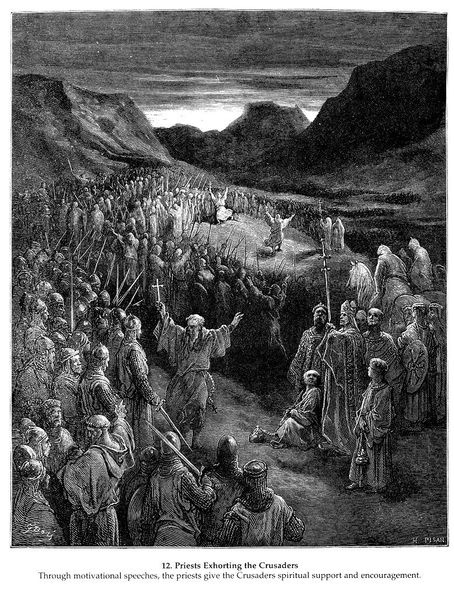
Copyright: Public domain
Gustave Doré created this engraving of Abraham’s journey into Canaan in nineteenth-century France. It illustrates a story from the Hebrew Bible, but it also reflects the social context of Doré’s time. In the 1800s, illustrated Bibles were extremely popular. Doré’s dramatic, detailed style brought biblical stories to life for a wide audience and were immensely popular with the public. However, they were not always well received by the art establishment. Some critics thought that Doré’s illustrations were too theatrical and lacked religious sentiment. There was a sense that the popular arts were of lower quality than the work of the academy. To understand Doré’s work fully, we have to consider its place in the history of book illustration. How did it reflect the religious beliefs, social values, and artistic conventions of its time? What was the public role of religious art in nineteenth-century France? These are the kinds of questions that art historians ask.
Comments
No comments
Be the first to comment and join the conversation on the ultimate creative platform.
